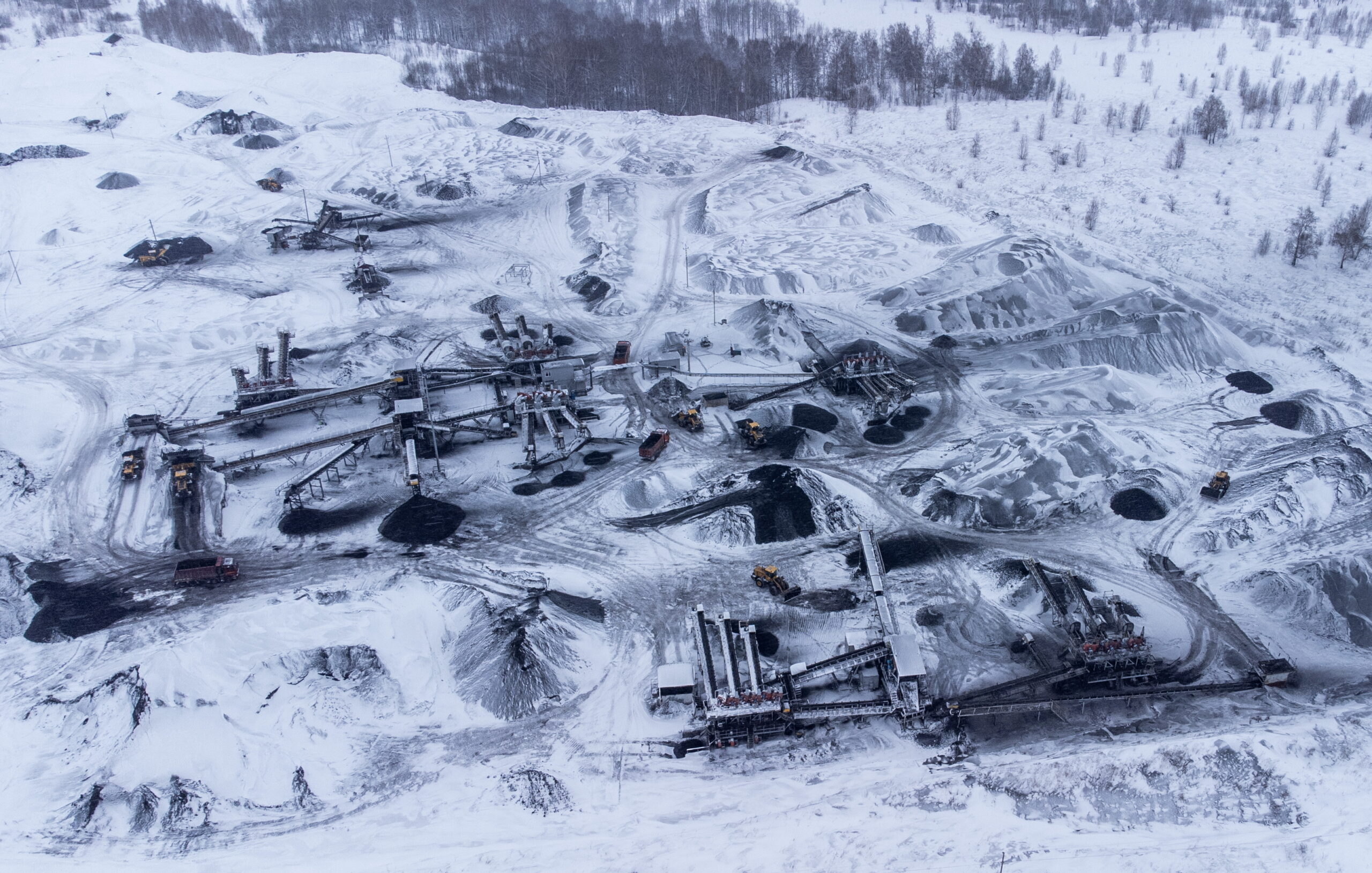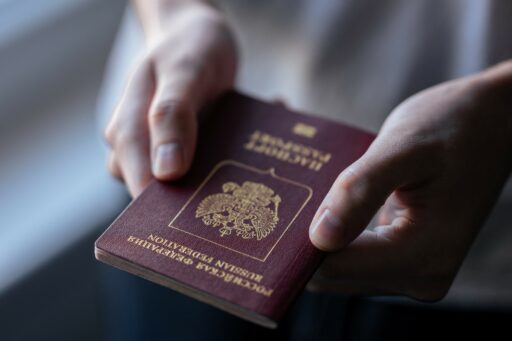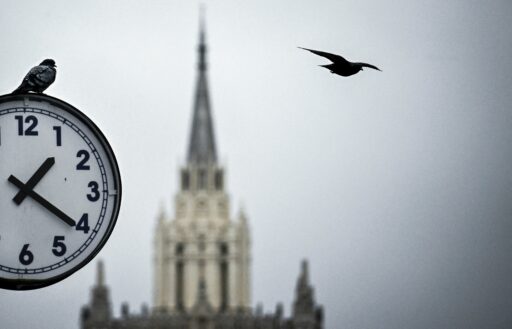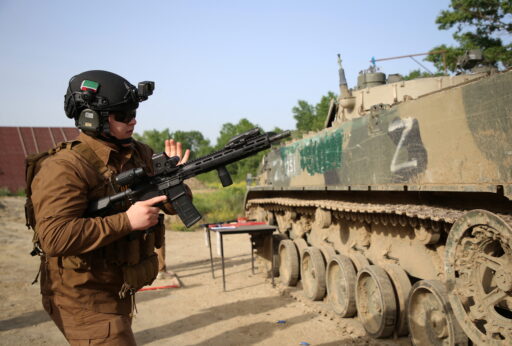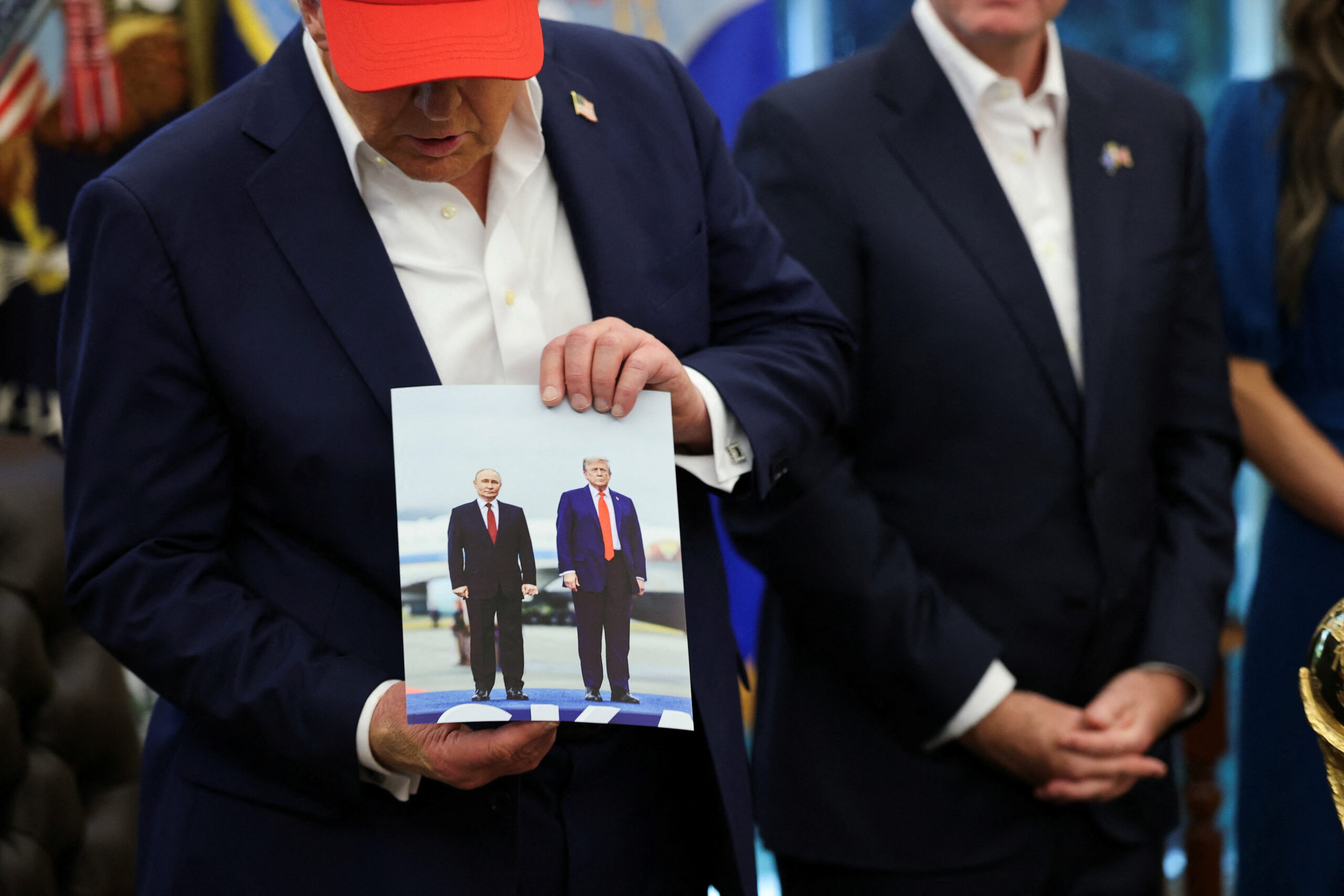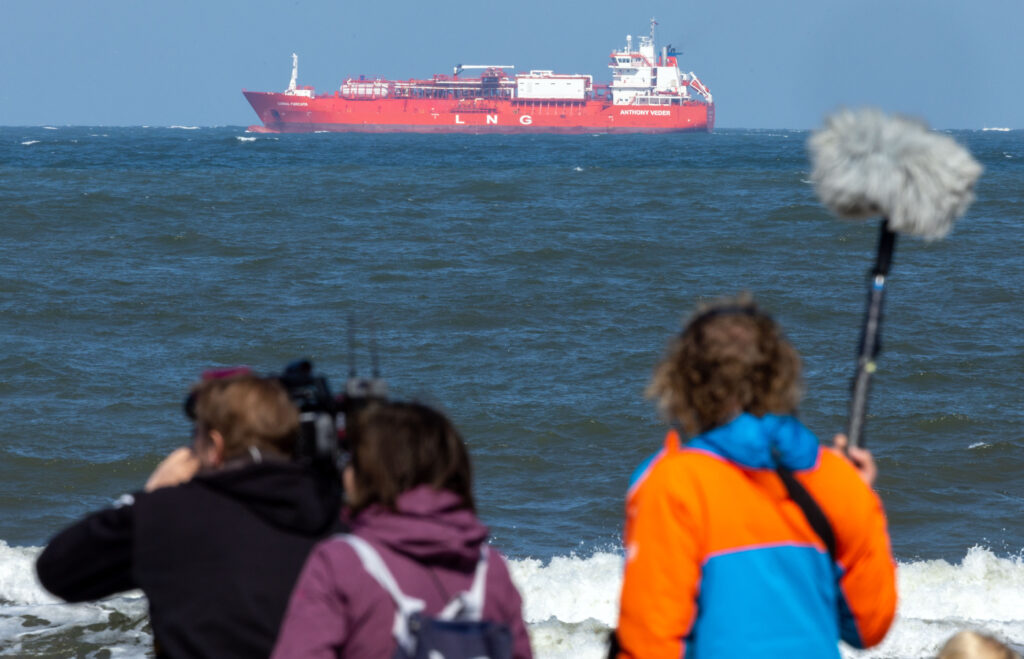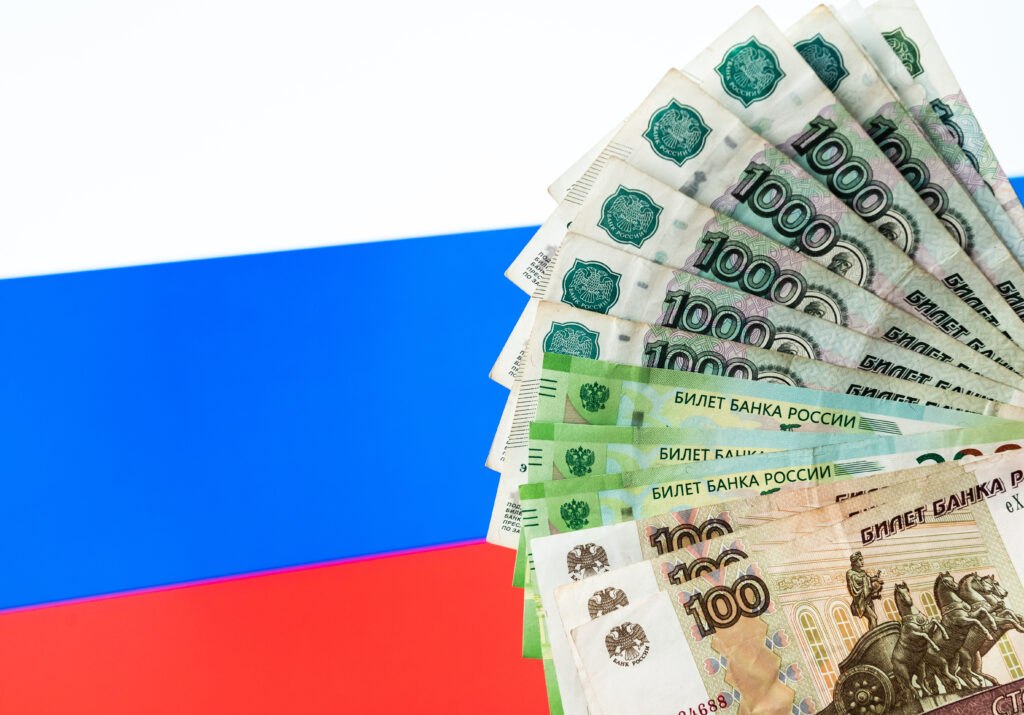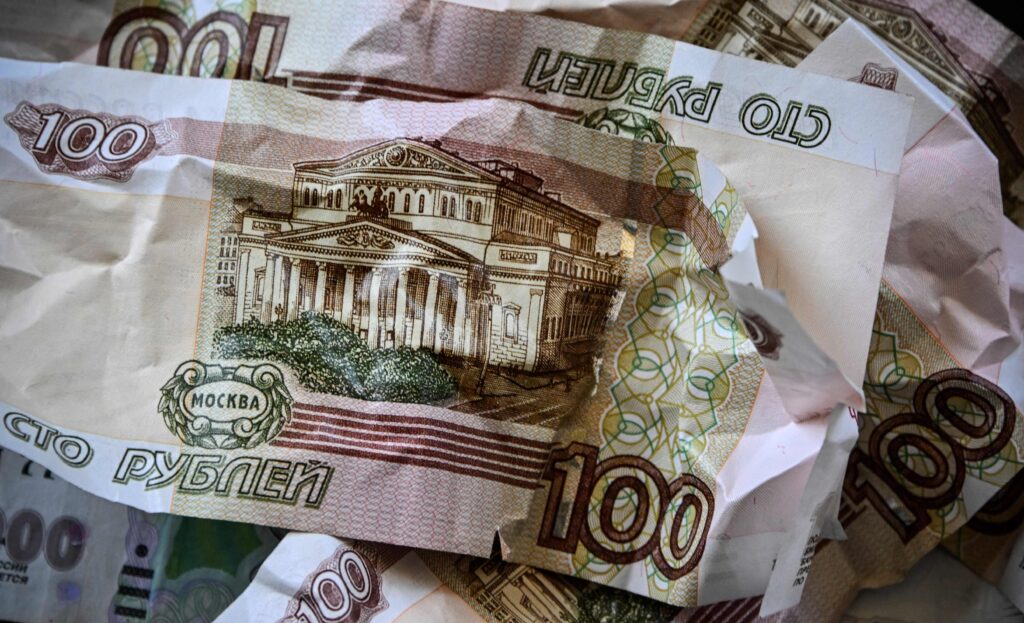While the Russian federal government is threading yet another war budget underpinned with tax hikes and a focus on military expenditures through the State Duma, regional governments have started to draft their fiscal plans for the next year as well. The situation is not looking good, and there is reason to suspect that unlike in 2022−23, when, amidst dropping incomes, regions were able to rely on reserves accumulated during the post-COVID recovery and the ramping up of federal spending on the war, this time problems are running deeper.
As of September 2025, consolidated regional budgets, on the whole, faced a deficit of 724.8 billion rubles (over 2.5 percent of planned expenditures for the year). At the same point in 2024, regional finances were still in an aggregate surplus of 472.1 billion. While most regional governments planned to run some deficits this year, this is a staggering turnaround. The situation will likely worsen by the end of the year when regional budgets face their biggest expenditures. On the whole, the cause is simple: expenditures grew much faster than incomes: 15 percent vs. 6 percent in the first nine months of the year.
Not all regions are suffering equally, of course. Take Kemerovo, Russia’s main coal-producing region, where coal companies have faced a crisis triggered by low demand and skyrocketing transit costs due to sanctions, for the second consecutive year. This has impacted the budget, which will not realize more than 10 percent of its planned revenues and has already led to cuts in social programs. In the Irkutsk Region, another region that has faced a worsening situation due to flagging commodity exports, Governor Igor Kobzev has recently faced a rarely seen rebellion by the region’s municipalities and prosecutors over plans to cut expenditures on health care and education—two of the main foci of regional budgets—for fear that the cuts could lead to public employees such as teachers not receiving their salaries. The Rostov Region, impacted by droughts and frost earlier this year, amended its budget in July, changing a planned surplus of 27 billion rubles to a deficit of 23 billion. In the vast Sakha Republic, liquidity problems in the budget have led to disruptions in starting the heating season, as well as both passenger and cargo transit. Regions that were able to increase their fiscal revenues are typically sparsely populated regions in the Far East (Chukotka, the Amur Region, the Magadan Region) benefiting from large industrial, mining, or transit development projects; or regions benefiting from the military-industrial complex (e.g., the Kurgan Region or Udmurtia).
As of mid-October, seven regions—Novosibirsk, Orenburg, Ulyanovsk, Voronezh, and Yaroslavl, as well as Dagestan and the Krasnoyarsk Territory—are reviewing options to raise tax income, either by raising local taxes or by suspending tax breaks. Given that budgetary grants paid to regions by the federal budget are not supposed to grow in 2026, more regions could follow. As a sign of leaner times, four regions have also cut their military recruitment bonuses in October drastically, from over two million rubles to the possible minimum, 400 thousand.
These taxes and expenditures make up a non-negligible, but small, part of regional finances; thus, it is questionable whether treasuries can be filled with such tweaks. But regions have little control over most of their money flows. Their three largest sources of income—their share of personal income taxes and corporate income taxes, as well as federal transfers, which together make up more than 70 percent—are all set at the federal level. In the absence of substantial reserves (save for Moscow and a handful of other regions), most of them have few options other than borrowing, either from the federal government, if it is available, or at unfavorable market rates. The federal government has also tried to shore up regional budgets over the past years, first by replacing bank credits with government loans—by 2024 these made up almost 80 percent of regional debt—and, once this policy had reached its limits, with its debt forgiveness program, which aims to create some fiscal space for specific infrastructure projects. But even according to the plans, this will only amount to one trillion rubles in three years (and in reality, 165.9 billion was actually written off over the past year). It is telling that poorer regions are able to use funds freed this way to finance war-related expenses they otherwise could not; an acknowledgment that these are placed above development projects in the hierarchy of expenditures.
How to Hide a Deficit
None of this addresses the core of the problem: an ongoing drop in corporate income tax receipts, which started in 2024. This is not a short shock, as it was in 2022 when corporate income tax receipts fell, but then recovered as companies rushed to replace equipment and the federal government flooded the economy with war spending and subsidized credit. This time, the slump is expected to carry on into 2026 as credit remains expensive, property rights remain unsecure, and the defense industrial complex soaks up resources and labor from civilian sectors. Regions that have started to draft their budgets are using conservative scenarios, envisaging little or no income growth. In the first eight months of 2025, corporate income tax receipts dropped by 4.7 percent in nominal terms, while yearly inflation remained around 8 percent. With federal transfers also falling in 2025, for the second consecutive year, the sole driver of income growth is personal income tax receipts. At 14.7 percent, these did grow slightly above inflation in the first eight months of this year, but this itself signals a slowdown from the 25.6 percent at the same time last year, even as expenditures on social policy have kept growing well above inflation.
Crucially, these receipts can partially also be characterized as indirect transfers, as salary growth is strongly tied to federal budget spending on the war. While in 2022 personal income tax receipts made up 28.3 percent of the income side of consolidated regional budgets, by August 2025 this ratio had climbed to 32.9 percent. In short, as regions are facing a rapid growth of expenditures, of their three most important regional income sources, two have weakened and the third one is dependent on the federal government pumping money into the economy. Short of a major income boost, this is going to make it difficult for regional budgets to do anything else than keep the lights on, let alone support the grandiose capital investment projects that the federal government is planning to support Russia’s trade pivot and modernize utility networks. Capital expenditures of the regions are already falling in nominal terms, necessitating, e.g., unpopular utility tariff hikes.
Even keeping the lights on has become increasingly hard. Regions spend more than two-thirds of their budget on health care, education, housing, utilities, and social services, which are costly and risky to cut, even in real terms. Some items, such as spending on public transit services or law enforcement bonuses, have become more expensive due in part to labor shortages that the war has exacerbated. More concerningly, a lot of these systems are already underfunded, as school building collapses and utility network breakdowns, happening with frightening regularity, demonstrate.
When the War Stops
A pause in the active phase or an end of the war in Ukraine in 2026 would likely have a mixed effect on regional finances. The lifting of sanctions could have a positive effect on overall economic perspectives, but property rights will likely remain precarious and the government will prioritize the military-industrial complex to the detriment of the civilian economy as the Russian military is rebuilt—this is clear from federal budget plans that envisage a renewed rise in defense spending in 2027 and 2028. Thus, the size and nature of the positive impact of the end of active warfare and the potential lifting of sanctions are questionable. The negative impact of hundreds of thousands of war participants returning to Russia, however, is easier to predict.
Following the COVID-19 crisis, which led to a short spike in health care expenditures in regional budgets—responsible for the maintenance and construction of regional hospitals and the payment of health care workers—regions started cutting them. In 2022 and 2023 aggregate planned expenditures were cut by 4 and 5 percent respectively, before bouncing back by almost 16 percent in 2024 and slightly over 2 percent in 2025. Overall, planned health care expenditures for 2025 are still merely 8 percent above their 2021 peak, significantly below inflation in this period. Since the full-scale war began, which should have prompted a policy focus on building health care capacity, only twenty regions have raised their health care expenditures substantially (that is, over 50 percent in nominal terms in 2023−25).
This is likely because while regional governments, increasingly dependent on revenue sources outside of their control, cannot plan budgets with anything longer than immediate short-term priorities in mind. What those short-term priorities are can also be gleaned from budget data. In 2025 so far, spending on the economy (24.1%) and social policies (22.4%) grew much faster than any other spending category. A substantial part of the social spending growth has to do with the war: according to estimates published in Novaya Gazeta, in 2024 regions outside of Moscow spent more than 800 billion rubles—or at least 4 percent of their total budgets on average—on war-related goals (e.g. social aid, civilian defense, recruitment bonuses and others), almost twice as much as they had originally planned, not even accounting for «hidden» spending (e.g. to support construction projects in the occupied territories). It is worth noting also that, given the strong dependence of most regional governments on the federal government both financially and politically, in order to improve their negotiating position, governors are strongly incentivized (e.g. via federal KPIs) to prioritize spending on politically flashy priorities such as improving fertility figures or patriotic education.
Based on the experiences of recent risky and unpopular policies such as the COVID crisis and military mobilization, it once again seems likely that should the war in Ukraine be paused or come to an end, the Kremlin would outsource political responsibility for reintegrating returning war participants to regions.
Regional governments would then either have to pass the buck to local employers and citizens to help expand state capacity by assuming some of the costs, or trust that the federal government will come to the rescue in case a crisis threatens to become too severe—either through a specialized vehicle such as the «Defenders of the Fatherland Foundation», overseen by deputy defense minister (and Putin’s relative) Anna Tsivilyova, or through targeted financial injections. The form of this help will no doubt depend on the perception of which problem represents a more immediate political risk, with more painful policies offloaded to regional governments. In any case, however, as it seems likely, regions will need to beef up their budgets; federal priorities will have to be shifted—or the Kremlin will, once again, have to find new sources of income.
